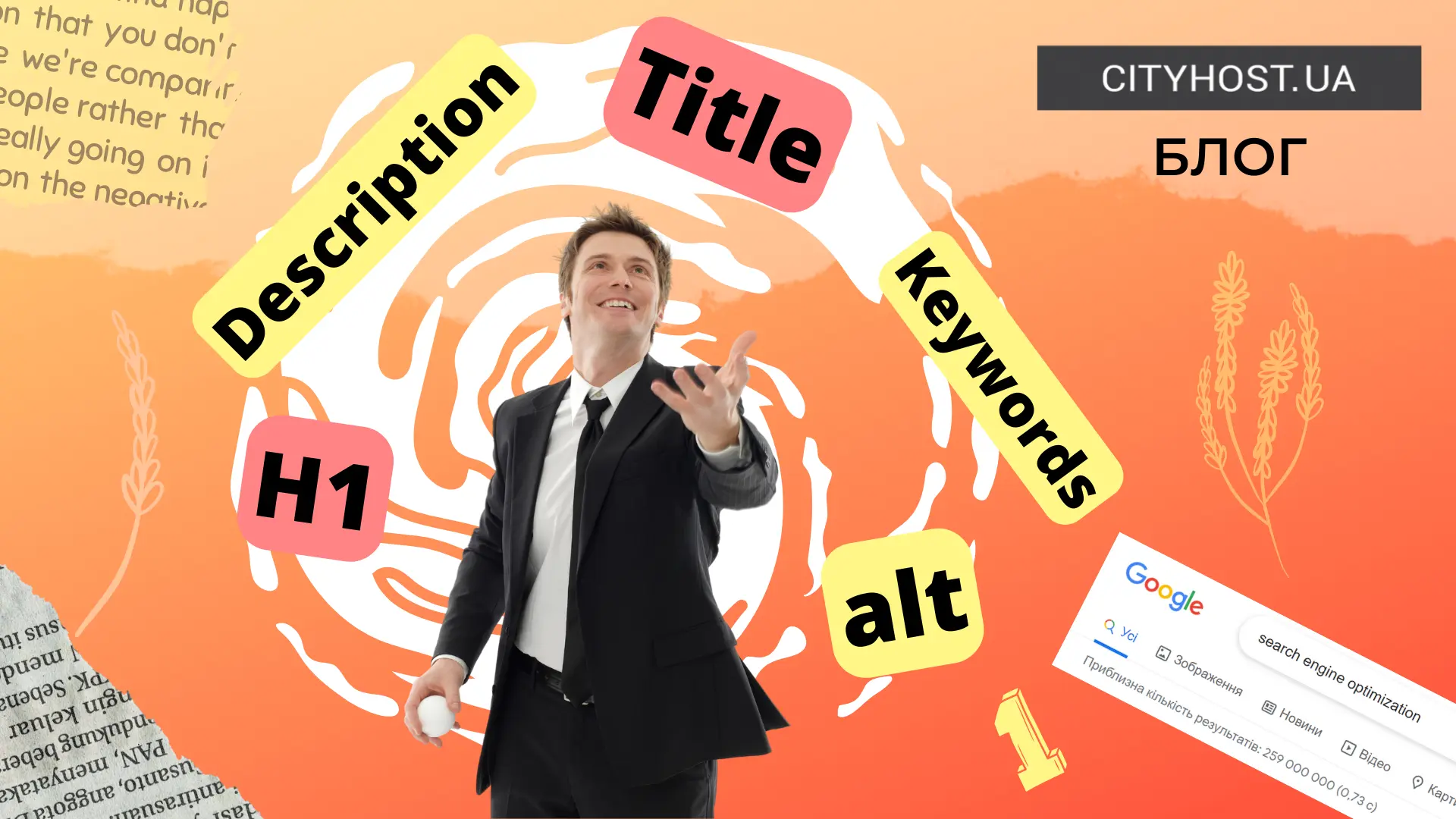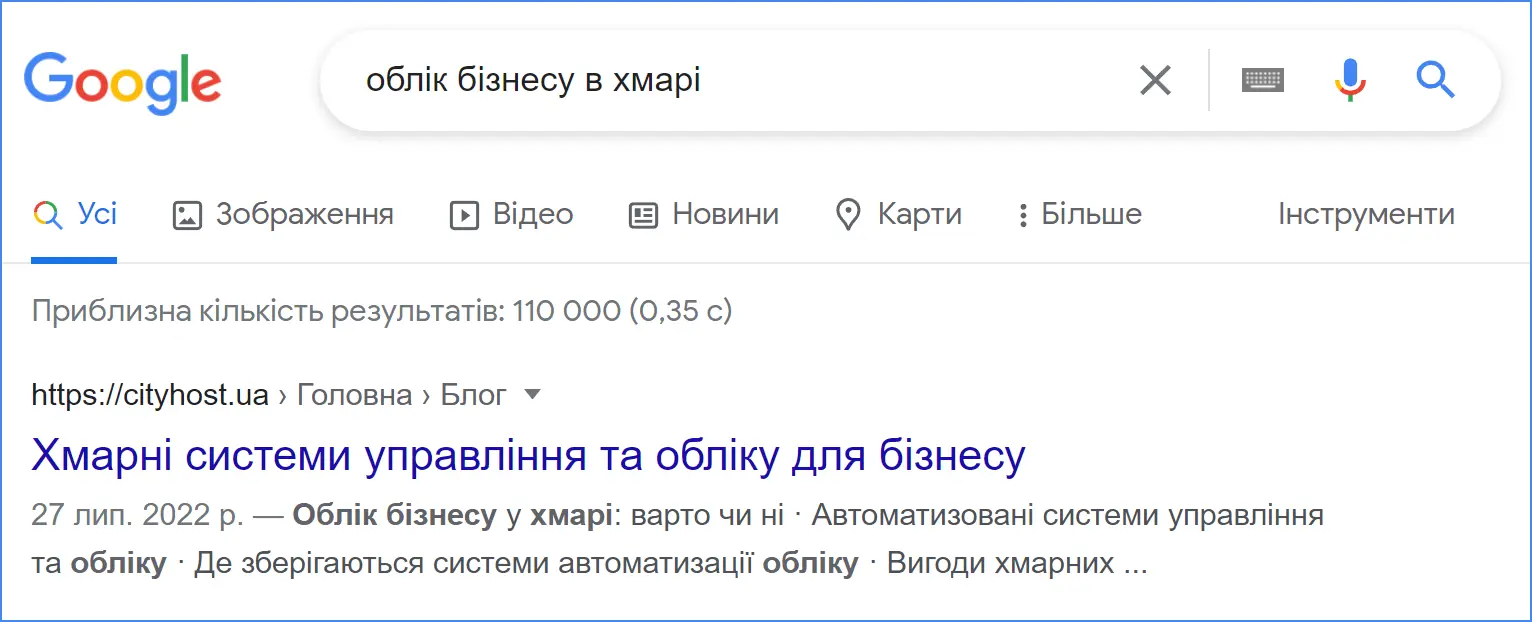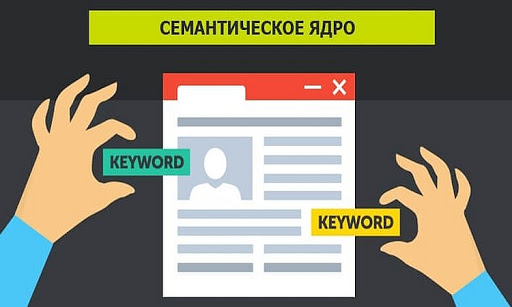
What is article optimization? Let's figure it out. In order to optimize the article, it is necessary to write it in an easy, understandable and "readable" style. At the same time, it must correspond to the parameters of the search engine. But not everything is so simple, and you need to take into account a special algorithm of actions.
TOP-6 basic rules of article optimization
When creating content, you need to follow a number of rules, which are better to build before starting work. If you first write an article and then optimize it, then this is not the best way, because then you will be forced to redo everything.
Text structure
The text should have headings, subheadings and lists - the search engine ranks higher texts with a clear and logical structure. Neither readers nor search engines like a long and unstructured "sheet".
Headings should be in a clear hierarchy and used only for their intended purpose. They cannot be used to visually highlight the text inside the section, if it is not needed for the content. The main heading H1 (Header 1) should be only one per page. In the text itself, headings should be arranged according to the principle of a hierarchical tree: subheadings H3 inside subheadings H2, H4 are nested in H3, and so on. There are a total of six levels of subheadings (up to H6), but a cumbersome structure is also not worth doing, because it will tire the reader.

Hierarchy of headings in an article
Key requests
A key query is best used in an appropriate contextual environment without harming the semantic load. You should not rudely insert keywords into sentences that are not suitable for this purpose or "pull by the ears" some facts just to fit the article to the keywords.
There is no place in the text for unnatural phrases, for example: buy cheap hosting Ukraine. In this example, it is necessary to make corrections so that it turns out " buy inexpensive hosting in Ukraine ". Such optimization of the website text will allow you not to lose a potential reader due to incorrect phrases that are not used in real speech.
The H1 heading should include the main phrase of the article, which should be placed at the beginning of the heading. For example, if you have the main keyword "how to buy a domain" and you want to talk about the best addresses for small business, then a good title would be: "How to buy a domain for the development of a small business on the Internet."
The title will be the main point of reference in the article for readers. It is recommended to supplement it with specifying phrases that include numbers. For example: "How to buy a domain in Ukraine in 2022."
There is no need to put a full stop, exclamation marks, three dots in the title. Only a question mark is acceptable. The title should not be too long or short - 60-110 characters are enough, in which you reveal the main idea of the text.
Benefits for target audiences
The text should offer concrete solutions and information that will really bring new knowledge or practical benefit to the readers. Analyze your target audience, find topics of interest to your website visitors.
For example, Cityhost services are mostly used by webmasters and entrepreneurs who promote their sites on the network. Therefore, they will be interested in information not only about domains, hosting and servers , but also marketing, SEO, legal issues regarding the functioning of resources on the Internet.
Read also: " A contract for the creation of a website - how to protect yourself during development "
Text quality
Quality content should be meaningful, presented in expressive language. The article cannot contain any punctuation, language or spelling errors. Be meticulous in this matter and check the text. If the reader "stumbles" on illiterate constructions, incorrect use of words and mistakes, he will not want to return to the site. This reduces the indicators of visitor behavior and as a result, the site falls in the rating.
Visual content matters
It is necessary to fill the article not only with textual content, but also with visual content. Add one picture for every 3000 characters. But it should not just be taken at random, but strictly correspond to the semantic load of your text.
Add an "alt" description to your images - it will bring you an additional audience if users search for materials on your topic in Google Images. It is also important to surround the image with relevant text, which also affects the performance of keywords. This works especially well for online stores.
Pictures should be of good quality and as unique as possible. If the search engine finds several identical pictures on different sites, it displays the one with the best resolution.
Optimal article size
In order to effectively optimize the article for search sites, the size of your text should exceed 3000 characters (characters). In small texts, it is quite difficult to expand the content of the topic, reveal the problem and achieve a high rate of uniqueness. It is better to make your articles from 3000 characters or more, using subheadings with key phrases in them.
Do not try to fit the article to a specific number of characters - the main thing is that the topic is well explained, readers get all the necessary information, benefit and pleasure from reading.
Read also: " TOP 4 online chats for the site: LiveChat, HelpCrunch, Tawk.to, KwizBot "
Designing the metadata of the site page
Metadata, or they are also called metatags, are special tags in the html structure of the site, intended for automatic processing by robots. There are quite a few of them, but we are interested in Title and Description, the main meta tags for SEO specialists.
The search engine forms snippets from them — blocks that present basic information about the site.
Title-title
The title is especially important for the optimization of the article — it is what is displayed during a search and displays the name of the site page. The title should reveal the meaning of everything written as clearly as possible.
The optimal length of the Title is about 65 characters (space is taken into account). In this case, it will not be truncated in rendering. If the title is too long, Google will shorten it, and instead of continuing, users will see three dots.

Snippet of one of the articles from the Cityhost blog
Here you also need to use key phrases and display them in the first part of the title. At the same time, the search engine tries to generate results with different titles of articles, so analyze the first pages and do not make the same titles that competitors already have.
Description
This meta tag is displayed in the organic results of the search engine, so it should contain a short description of the article. It must contain key phrases. The optimal length is 155 characters without spaces. Special characters and emojis are allowed in the description, but be careful, because a description littered with emoticons can scare away users.
It must also be unique and not coincide with descriptions on other sites, otherwise Google will not take the page for publication or create a description independently from the beginning of the article or subheadings. In any case, consider that the search engine can form the description on its own, and optimize all parts of the text that it uses for this - enter keywords in them and write in such a way that the meaning of the article can be understood from them.
After the article is optimized, it will be necessary to analyze the reactions of the search engine. If Google indexes the page low or forms awkward and ugly snippets, it may be worth redoing the meta tags and re-optimizing the article.








